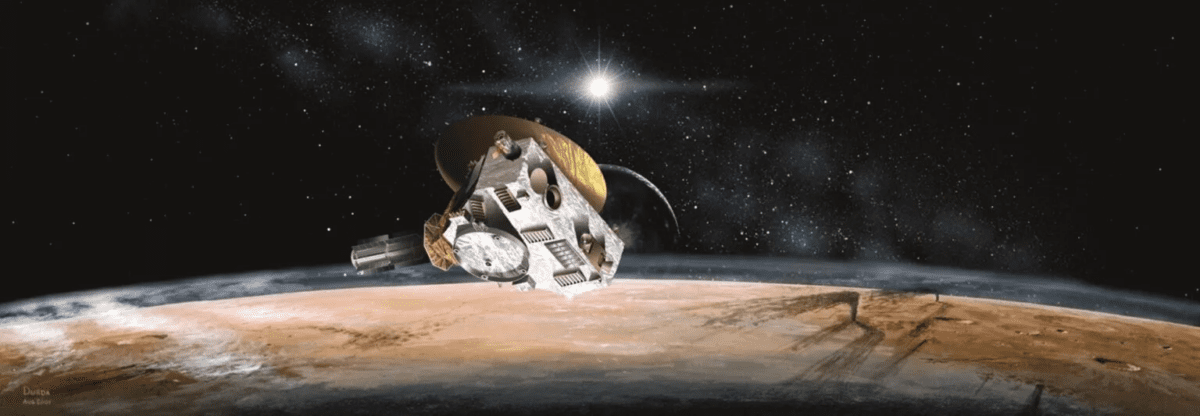A stunning image of a heart-shaped glacier on Pluto’s surface was captured by NASA’s Horizons spacecraft. We know the heart-shaped region as Tombaugh Regio unofficially, and it is full of nitrogen and methane. Launched in 2006, New Horizons conducted a flyby of Pluto in 2015, providing humanity with the clearest images of the dwarf planet to date. In 2019, New Horizons observed a Kuiper Belt Object named Arrokoth, thereby achieving the farthest exploration of a celestial object by humans. NASA is currently debating the next mission of the New Horizons probe, which casts uncertainty on its future.
NASA is deciding whether to continue the probe’s original mission or redirect it to another scientific endeavor. The image captured by New Horizons shows cracks, craters, and a partially visible heart-heaped feature on Pluto’s surface. New Horizons became the first spacecraft to explore the planet & its moons as it flew within 7,800 miles of Pluto’s surface. The spacecraft visited a distant Kuiper Belt Object called Ultimate Thule in January 2019.
Similar Post
The users of Instagram expressed admiration for the spacecraft and nostalgia for Pluto’s planetary status as they responded positively to the post featuring the image. The International Astronomical Union (IAU) reclassified Pluto as a dwarf planet in 2006. The IAU demoted Pluto as it did not meet the criteria to be classified as a full-sized planet. The diameter of Pluto is slightly over 1,400 miles, and it has a surface temperature of -387 degrees Fahrenheit. Ice made of water, methane, and nitrogen covers the surface of Pluto, with a possible rocky core and deep ocean. The Outer Planets Assessment Group (OPAG ) discussed the future of the New Horizons probe at its meeting.
Alan Stern, principal investigator of New Horizons, expressed concerns about NASA’s decision to limit the spacecraft’s extended mission. A cross-disciplinary approach was proposed by Stern for the remaining time in the Kuiper Belt, involving planetary science, astrophysics, & heliophysics. Stern deemed shortsighted the decision to shift New Horizons’ focus to heliospheric science. The shift contracted the Decadal Survey that recommended New Horizons continue to study Kuiper Belt Objects. The Senior Review, which concluded that the probability of another KBO was low, was the basis for NASA’s decision. The plan of NASA is not to turn off the spacecraft but rather evaluate the best path forward, while there is uncertainty about the future mission of New Horizons.


















